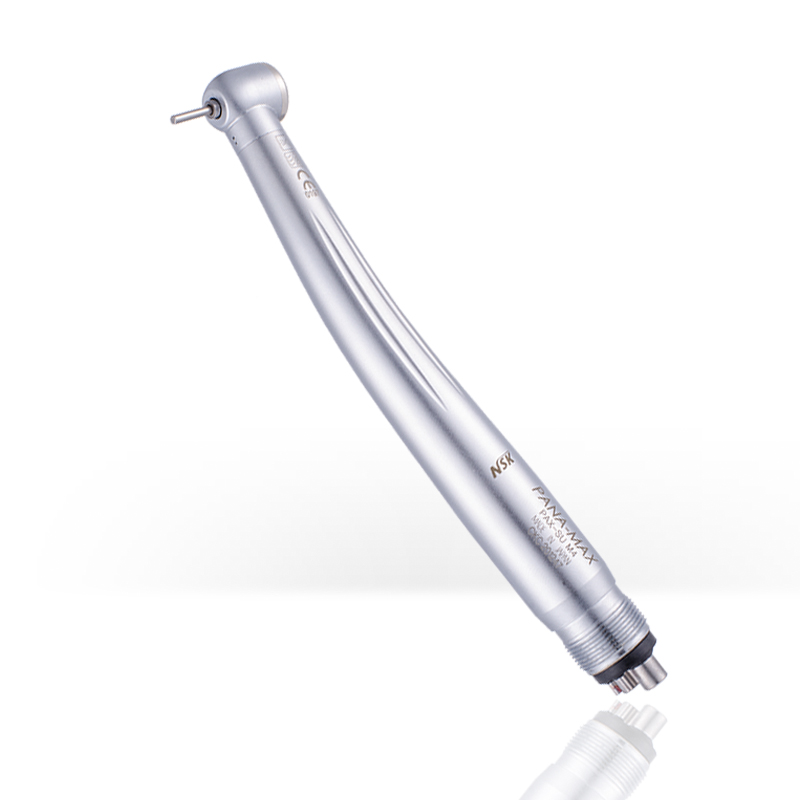
Instructions and Precautions for Dental Burs
Dental bur
Structure and composition
The product consists of a working part and a handle. The handle is made of stainless steel 1.4035 (X46CrS13), and the surface of the working part is made of diamond particles.
Scope of application
This product is used for drilling teeth in dental treatment rooms.
Specifications
See product label.
Correct usage
1. Make sure to use only technically and hygienic, maintained and cleaned wheels, handpieces and contra-angles.
2. Insert the bur into the handpiece as far as it will go. Accelerate the bur before touching the target.
3. Avoid prying, over-pressing and tilting the burs to prevent damage.
4. If necessary, we recommend wearing protective glasses.
5. Bent burs, burs that are not absolutely correct, and burs with broken or irregular sharp edges must be cleaned up immediately.
6. Do not wear protective gloves, do not touch the bur.
7. Avoid thermal damage caused by rotating burs (speed recommendations must be strictly adhered to and sufficient cooling must be provided)
8. It is best to use a bur with a rounded edge, as preparing an undercut for sharp edges increases the risk of damage to the notch.
9. Improper use increases risk and results in poor results. Therefore, please follow the instruction manual and speed recommendations.
10. Please provide sufficient water cooling (at least 50ml / min) during preparation to avoid bad fever.
11. Needle with a total length exceeding 22mm or a head diameter greater than 2mm needs additional cooling.
Storage, disinfection, cleaning and sterilization
1. The burs must be disinfected, cleaned and, if necessary, sterilized before first use and immediately after each use. Before initial use, the burs must be stored in their original packaging at room temperature to avoid dust and moisture.
2. The burs must be stored in a hygienic bur box, tray or other suitable container. The burs must be protected from dust, moisture and recontamination.
3. The bur must be immersed in a bur groove containing a suitable disinfectant and cleaning solution. Use non-corrosive disinfectants and cleaners.
4. Do not use a sterilization temperature above 180 ° C. Higher temperatures may reduce the hardness of the working parts, resulting in shorter life.
The basic principle
1. Make sure that the burs are only disinfected with the correct solution. Strict adherence to the mixing ratio and exposure time specified by the manufacturer. In Germany, only DGHM-approved disinfectants are allowed. Clean broken burs (broken cutting edges, bent working parts, broken rods, etc.)
disinfection
Non-corrosive disinfectant
Sterilize
Autoclave at 134 ℃; 2.1bar / 5min
Water cooling
At least 50ml, extra long burs need extra cooling
Contact pressure
0.3-2N
Full corrosion protection Store in a dry place
Recommended rotation speed
Overview:
1. The larger the working part, the slower the speed. Smaller parts require higher speed.
2. The recommended speed of 300,000 rpm is suitable for micromotor handpieces and turbines with stable ball bearings. Not recommended for older turbines with air bearings.
3. The maximum allowable speed of 30,000-160,000 rpm is suitable for micro motor handpieces or laboratory handpieces within the specified speed. Not recommended for turbines. Failure to observe the maximum allowable speed increases the risk to safety.
4. Contact pressure. Avoid excessive contact pressure (> 2N) under any circumstances, as it may cause cutting edge damage and excessive heat generation. Excessive contact pressure on the bur may cause internal chipping of the grit, grinding the bur, and increasing heat generation.
5. Excessive contact pressure can also lead to thermal damage to the pulp or rough surface when the cutting edge is damaged. The bur may even break in extreme cases.
6. Benchmark of Rotating Instrument Service Life
If the bur is not worn, it will take longer than expected. Emery burs-25 times
7. Discard worn burs
Broken and deformed cutting edges cause vibration and result in poorly prepared edges and rough surfaces. Blank plaques on the surface of diamond burs indicate a lack of abrasive particles, which reduces cutting efficiency.
These defects can cause excessive temperature and eventually damage the pulp. Therefore, discard worn and damaged burs immediately. Broken and deformed burs can mislead dentists to use higher contact pressures, which can cause excessive temperatures. Therefore, immediately remove broken burs and burs that are not absolutely correct.
Safety and responsibility
Worn and broken burs (poor corundum coating, bending, etc.) should be eliminated and replaced immediately.
Strict adherence to the above instructions, cooling and contact pressure. The bur is used only for its intended purpose. Failure to follow safety guidelines can result in turbine damage and risk of injury.
The operator must check the bur before use, and is responsible for judging whether the bur is usable.
For the operator’s comparative negligence or disclaims liability. Especially ignore instructions and warnings or inadvertent mistakes. Keep out of reach of children. For dental use only.





